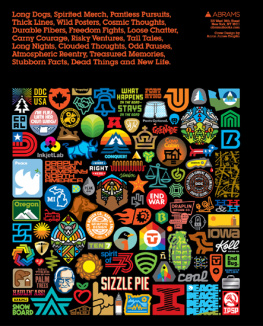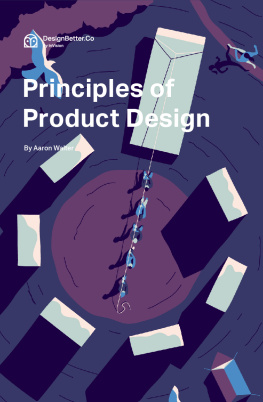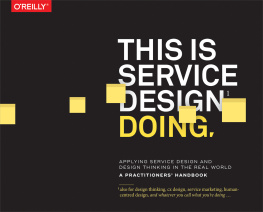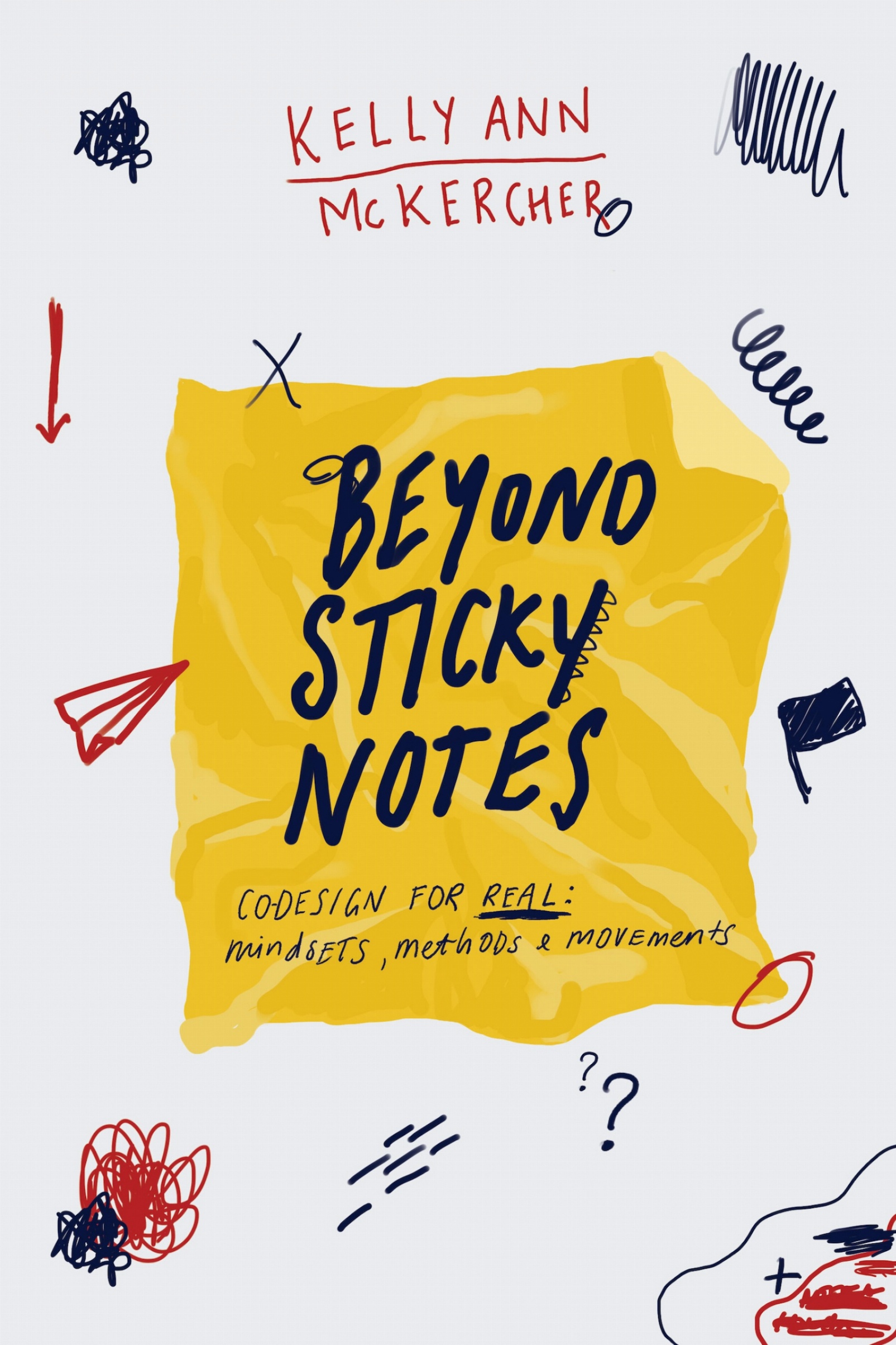Please seek permission from the author before reproducing content from this book in any form.
Suggested citation: McKercher, K. A. (2020). Beyond Sticky Notes. Doing Co-design for real: mindsets, methods and movements. Sydney, Australia: Beyond Sticky Notes.
I live in Australia on stolen Aboriginal lands and pay my respect to Elders past, present and emerging. I see the cost that has come with the sharing of this land and I am committed to justice and equity in my practice. If I dont get that right or could do more, please tell me.
What to expect
This book will help you to do co-design better. Its not a simple how-to but a collection of principles and patterns that you can adapt to different contexts, with different people.
Be gentle with yourself you wont develop all of the required mindsets, skills and practices overnight. A client once told me that learning and doing co-design is like walking in a dark cave with a dim torch. While going into the cave alone can be scary, taking a guide, connecting with other practitioners and working in a team can help to light your way and give you direction.
This book refers to academic sources, but its not academic writing. It comes from my lived experience of social systems, as a designer and co-design practitioner. I thank Ingrid Burkett, Penny Hagen, Simon Harger-Forde, Elizabeth Sanders and Pieter Jan Stappers for laying much of the groundwork. I also thank Kataraina Davis for her contribution to this book.
Given that I am a social designer, this book focuses mostly on health and social care in government and not-for-profit contexts. It focuses on enabling the meaningful participation of marginalised people and families. Beyond Sticky Notes draws on many sectors, practices and frameworks as well as the principles of social justice, trauma-informed practice and recovery-oriented practice.
Like all books and models, its biased and incomplete. I wrote this book because I see big gaps in how we think about and practise co-design, and enormous interest in understanding how we can move from designing for people, to designing with them . While I didnt invent co-design, Ive failed and learned a great deal over the past decade. I hope that learning is valuable.
This book is organised into three parts, as outlined below.
Part One: Foundations for Co-design is about the bedrock of designing with people. It defines co-design and outlines the shifts in culture that are required to enable more co-design to happen (I call these social movements). Part One then goes on to briefly explore the role of power, privilege and equity in co-design, and to address several commonly held misconceptions about co-design.
Part Two: Six Mindsets for Co-design is about your attitude during co-design. It includes six mindsets that are essential for all co-design practitioners: elevating lived experience, being in the grey, valuing many perspectives, curiosity, hospitality and learning through doing . As you deepen your co-design practice and teach others, return to the mindsets to see if theyre alive. Despite our best intentions, we often regress to old ways of being and doing when we feel isolated, vulnerable or uncertain.
Part Three: Methods for Co-design is about delivering co-design. Its structured around the co-design process () as it should underpin everything you do. Part Three is very detailed, take your time.
It will be tempting to cherry-pick new tools and techniques. That isnt a good idea, for the reasons explained in Parts One and Two. Before starting co-design, know that its more than delivering workshops. It involves working with power and practising the mindsets.
Slow down, prioritise relationships and reflect on who you are in relation to the people you want to work with.
Throughout this book Ive assumed a level of knowledge (or access to information) when it comes to language around design, social science and social justice. Ive therefore only included a short list of essential terms below and a short glossary ().
If anything in this book feels exclusive, harmful or inappropriate, please let me know so that I can improve my practice and make changes in a future edition of this book.
Essential terms
Throughout this book Ive used plain English wherever possible; however, I also use the language of co-design. Additional co-design terms indicated in bold text are explained at the back of the book.
co-design
Co-design is an approach to designing with, not for, people. It involves sharing power, prioritising relationships, using participatory means and building capability.
A co-designer is someone who is part of a co-design team throughout the co-design process. I use team (instead of group) deliberately to encourage mutual accountability. A co-design team is made up of people with lived experience, professionals and provocateurs.
Co-design initiative is used deliberately in place of project to stress that co-design is not merely a project, but a long-term commitment to changing organisational culture and sharing power.
convener
A convener is a person who leads co-design gathering.
mindset
A mindset is a way of being and thinking. Mindsets are about who we are and how we are while doing co-design. In this book, I name six mindsets for co-design and refer to them throughout.
outcomes
An outcome is what changes in someones life as a result of our actions. People decide their desired outcomes; we dont decide for them. An outcome is different from an output, which is a thing (e.g. a service) that often measures busyness instead of value.
person with lived experience
This refers to someone who has been impacted by one or more social justice issues for example, domestic violence, homelessness, child abuse or neglect. By contrast, I use professional as a catch-all term for someone working in or on a system.
power
Power means having the ability to bring about change in your life or the lives of others.
provocateurs
Provocateurs are part of the co-design team and outsiders to your context. They deliberately do not have professional expertise and do not need lived experience either. They bring their curiosity . They do not bring assumptions or constraints.
Introduction
Beyond Sticky Notes is born from frustration and hope frustration that decision-making in systems happens about people and families but seldom with them, and hope that we can use the mindsets and methods of co-design to change that. While co-design isnt a panacea for all of our troubles, it can and does contribute to better programs, services, policies and systems (Burkett, 2012; Lam et al., 2018). I know Ive seen it firsthand many times.
When we make decisions on behalf of other people, we assume we understand their dreams, needs, experiences and capacities, or lack thereof. In doing that, we overlook their knowledge and their skills.
I believe that in order to improve systems and services we need to build the capability of communities. Co-design is one way to do that.






